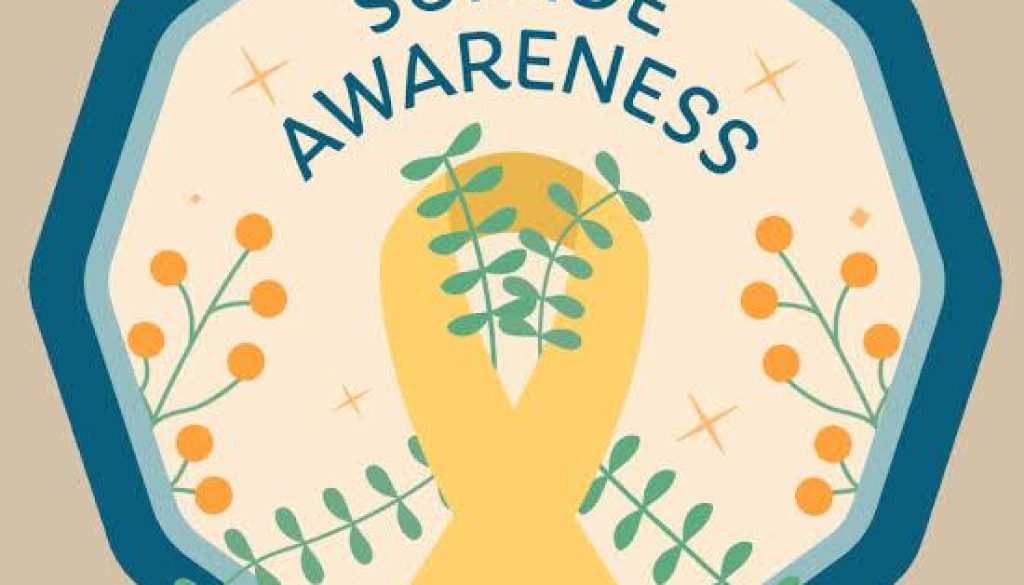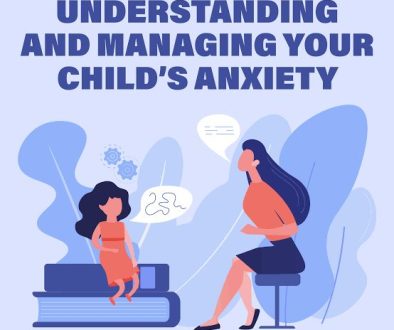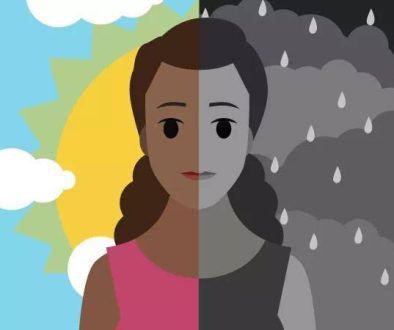Suicide: Understanding the Complexities and Breaking the Silence
Suicide is a complex and multifaceted issue that affects individuals, families, and communities worldwide. It is a leading cause of death globally, with millions of people attempting or dying by suicide every year. Despite its prevalence, suicide remains a taboo topic, often shrouded in stigma and silence. In this article, we will delve into the complexities of suicide, explore its causes and risk factors, and discuss ways to prevent and respond to suicidal behaviors.
Defining Suicide
Suicide is the act of intentionally taking one’s own life. It is a desperate and often irreversible solution to overwhelming emotional pain, distress, or hopelessness. Suicide can be attempted or completed, and its consequences can be devastating for those left behind.
Causes and Risk Factors
Suicide is often the result of a complex interplay between various factors, including:
1. Mental health conditions: Mental health conditions such as depression, anxiety, bipolar disorder, and schizophrenia can increase the risk of suicide.
2. Trauma and abuse: Experiencing trauma or abuse, such as physical or sexual abuse, can increase the risk of suicide.
3. Substance abuse: Substance abuse, particularly when combined with mental health conditions, can increase the risk of suicide.
4. Social isolation: Social isolation, loneliness, and lack of social support can increase the risk of suicide.
5. Chronic pain and illness: Chronic pain and illness, particularly when combined with mental health conditions, can increase the risk of suicide.
6. Financial and economic stress: Financial and economic stress, particularly when combined with mental health conditions, can increase the risk of suicide.
Warning Signs and Symptoms
Recognizing the warning signs and symptoms of suicidal behavior can help prevent suicide. Some common warning signs and symptoms include:
1. Talking about wanting to die or kill oneself
2. Looking for ways to kill oneself, such as searching for firearms or pills
3. Talking about feeling hopeless or having no reason to live
4. Acting anxious or agitated, or behaving recklessly
5. Sleeping too little or too much
6. Withdrawing from friends and family
7. Losing interest in activities that were once enjoyable
Prevention and Intervention
Preventing suicide requires a comprehensive approach that involves individuals, families, communities, and healthcare systems. Some strategies for preventing suicide include:
1. Encouraging open and honest communication about mental health and suicidal feelings
2. Providing access to mental health services and support
3. Promoting social connections and community engagement
4. Reducing access to lethal means, such as firearms and pills
5. Encouraging healthy coping mechanisms, such as exercise and mindfulness
Responding to Suicidal Behavior
Responding to suicidal behavior requires a sensitive and supportive approach. Some strategies for responding to suicidal behavior include:
1. Listening without judgment and providing emotional support
2. Encouraging the person to seek professional help
3. Helping the person develop a safety plan, including removing lethal means and identifying supportive contacts
4. Following up regularly to check in and provide ongoing support
Breaking the Silence
Breaking the silence surrounding suicide is crucial for promoting awareness, reducing stigma, and encouraging help-seeking behavior. Some ways to break the silence include:
1. Sharing personal stories and experiences with suicidal behavior
2. Participating in awareness campaigns and events, such as World Suicide Prevention Day
3. Encouraging open and honest communication about mental health and suicidal feelings
4. Supporting organizations and initiatives that provide mental health services and support
Conclusion
Suicide is a complex and multifaceted issue that requires a comprehensive approach to prevention and intervention. By understanding the causes and risk factors, recognizing the warning signs and symptoms, and responding with sensitivity and support, we can work towards reducing the incidence of suicide and promoting mental health and well-being. Remember, breaking the silence surrounding suicide is crucial for promoting awareness, reducing stigma, and encouraging help-seeking behavior.



